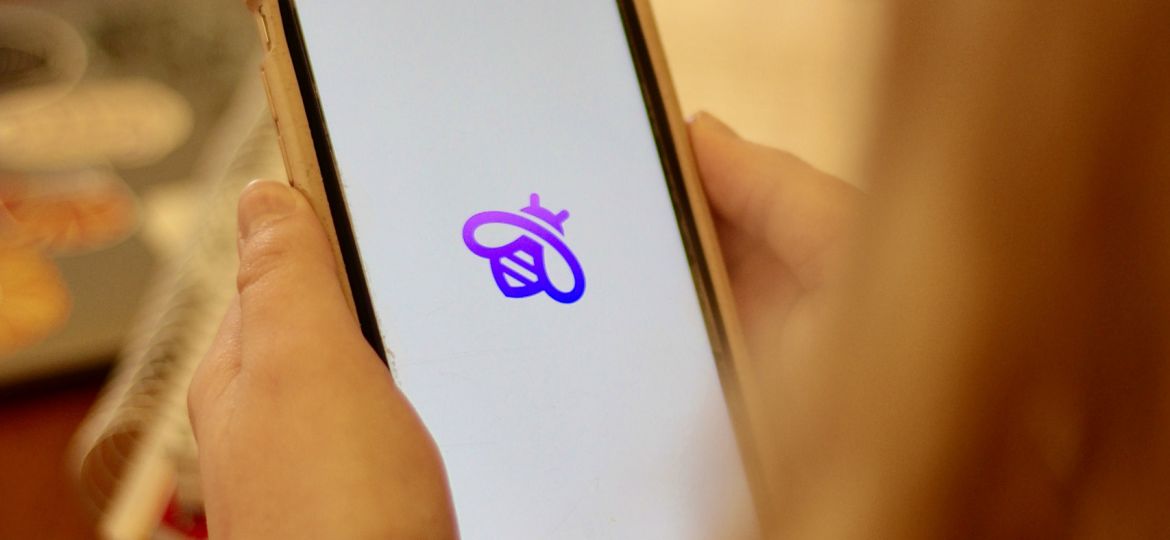
Shortly after returning to campus, we found ourselves bombarded with aggressive marketing from something called Fizz. Soon after, the brand was offering donuts, bucket hats, or even fifteen dollars to students in exchange for advertising via personal social media accounts. Of course, many participated; free things are the lifeblood of college students. Not everyone was entirely sure what they were selling to their peers, however, and the question remains: what is Fizz to the average student?
The anonymous social media app clearly seeks to rival the resurgence of popular app Yik Yak— the apps are nearly identical. The allure of Fizz, however, is the fact it is exclusive to a particular campus. Co-founder Teddy Solomon has stated in an interview with TechCrunch that the biggest and most helpful difference between the apps is Fizz’s inclusion of student moderators, “since only students familiar with campus culture can parse the nature of hyper-local posts.” At larger schools in more populated areas like Stanford University, where the app was conceived, Fizz feels like a natural move on the social front. In a small town, however, there’s not much that Fizz has to offer in comparison to Yik Yak. Despite this, the app has taken off at St. Olaf, particularly with underclassmen.
“I think it’s clear that people enjoy sharing their thoughts about things happening on campus, [and] it is much easier to write an anonymous comment on Fizz [than approach the Student Senate about issues],” Board of Regents Student Committee (BORSC) Coordinator and Student Government executive team member Fenton Krupp ‘24 said. The use of paid student moderators and content creators raises some eyebrows, though. It could become very easy for an outside company like Fizz or its shareholders to influence campus opinions. It certainly isn’t out of the question to posit that Fizz already inflates data such as upvotes in order to create anxiety among those not on the app— current freshmen and sophomores spent most of their high school experience online, and fear of missing out on online activity has become especially common. However, Fizz could also benefit St. Olaf in creating awareness of events and a tighter-knit campus culture.
Stav Force One has used Fizz content to create marketing material, and many other student leaders are similarly keeping their eye on the app for potential ideas. “I think showing that [campus organizations are] interested in what students care about is good, and there are certainly some interesting ideas on the platform,” said Krupp. His advice for discussing administrative issues is to take it to the people who can actually change things— not just complain into the void of Fizz. “If you are genuinely interested in making something happen on campus, like getting St. Olaf’s board to do something, BORSC – and SGA at large – is much better poised to help you than Fizz.”
Personally, I have yet to download the app. I might have if the brand hadn’t tried so hard to push its product via personal accounts; something about the way Fizz was recruiting students felt more like I would be selling out than joining a grassroots movement. I am content with simply watching from the sidelines – considering my second semester senior status, I don’t have to worry about long-term FOMO the same way underclassmen do. I genuinely look forward to seeing how students use Fizz, particularly from a sociological standpoint. At the risk of sounding like a boomer, my personal theory is that since current students — particularly first-years and sophomores — spent their most formative years for social development in quarantine, the way they socialize will remain different than those both before and after them. Their preferred way to connect and gossip will be by media akin to Fizz, not by physically meeting up with friends. With all that in mind, will this app last or just — fizz out? Only time will tell.

